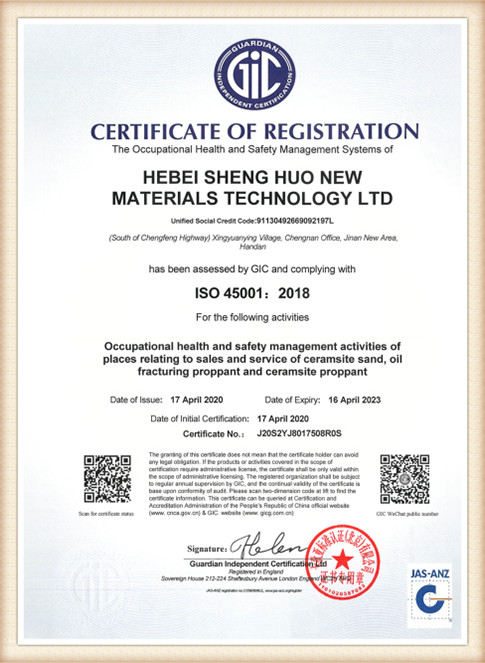Rapid Sand Casting Innovations in the Metal Casting Industry
In the realm of manufacturing, the quest for efficiency and precision is a continuous journey. Rapid sand casting emerges as a transformative process that caters to the increasing demand for quick turnaround times and high-quality metal components. This innovative technique has reshaped the landscape of metal casting by leveraging advanced technology, optimized designs, and rapid prototyping.
Understanding Rapid Sand Casting
Rapid sand casting refers to a modern approach in the traditional sand casting process, utilizing sophisticated methods such as 3D printing and computer-aided design (CAD) to significantly reduce production time and enhance accuracy. In conventional sand casting, patterns are created from wood, metal, or other materials to form molds in sand. The expanded timeline for pattern making and mold preparation often leads to delays in production cycles. Rapid sand casting, however, minimizes these lead times by employing additive manufacturing techniques to produce sand molds directly from 3D models.
Advantages of Rapid Sand Casting
1. Reduced Lead Times One of the most significant benefits of rapid sand casting is the drastic reduction in lead times. By eliminating the need for traditional pattern-making, manufacturers can produce molds in a matter of hours, where it would otherwise take days or weeks. This speed is especially advantageous for industries requiring quick prototyping and short production runs.
2. Cost-Effectiveness Rapid sand casting also helps to reduce costs associated with production. The improved efficiency lowers labor costs and minimizes material waste. Furthermore, the ability to create complex designs without the constraints of traditional tooling means that manufacturers can optimize their designs for functionality and aesthetics without incurring substantial additional costs.
3. Enhanced Design Flexibility The use of CAD and 3D printing technologies in rapid sand casting allows for increased design flexibility. Engineers and designers can iterate quickly on designs, making alterations and improvements without the need for new physical patterns. This responsive approach fosters innovation and encourages experimentation, ultimately leading to better products.
4. Higher Quality Components Rapid sand casting can produce components with excellent surface finishes and intricate details that traditional sand casting might struggle to achieve. The precision of 3D-printed molds allows for finer control over dimensional tolerances, resulting in higher-quality castings with reduced post-processing requirements.
rapid sand casting

Applications of Rapid Sand Casting
Rapid sand casting is finding applications across various industries, including automotive, aerospace, and medical device manufacturing. The automotive industry, in particular, benefits from the ability to produce lightweight, high-strength components that meet the demands of modern vehicle designs. Aerospace applications often require intricate parts with complex geometries, making rapid sand casting an ideal solution due to its flexibility and speed.
Additionally, in medical device manufacturing, the ability to create custom and patient-specific components quickly is revolutionary. As the healthcare landscape evolves, so does the need for tailored solutions, and rapid sand casting meets this demand effectively.
Challenges and Future Directions
Despite its advantages, rapid sand casting is not without challenges. The technology requires significant investment in equipment and software, which can be a barrier for smaller manufacturers. Moreover, the material selection for 3D-printed sand molds is still evolving, and finding the right binder systems to achieve optimal strength and durability remains an active area of research.
Looking ahead, the integration of artificial intelligence and machine learning into the design and production processes of rapid sand casting holds great promise. These technologies can help predict potential issues, optimize designs further, and enhance overall productivity.
Conclusion
Rapid sand casting represents a significant advancement in the metal casting industry, streamlining processes and improving the quality of cast components. As manufacturers continue to embrace this technology, the potential for innovation is vast. By harnessing the speed and flexibility of rapid sand casting, companies can position themselves at the forefront of the manufacturing landscape, ready to meet the challenges of an increasingly demanding market and a fast-changing technological environment. The future of rapid sand casting is bright, paving the way for a new era of efficient, high-quality metal production.
Post time:Dec . 05, 2024 15:30
Next:3d printer sand
